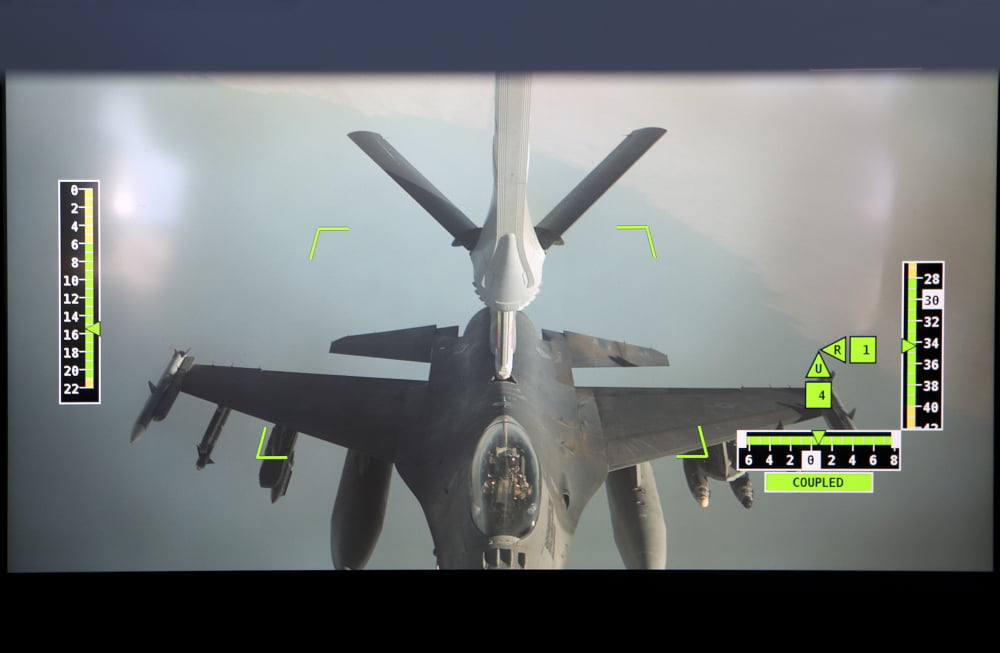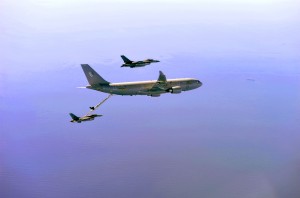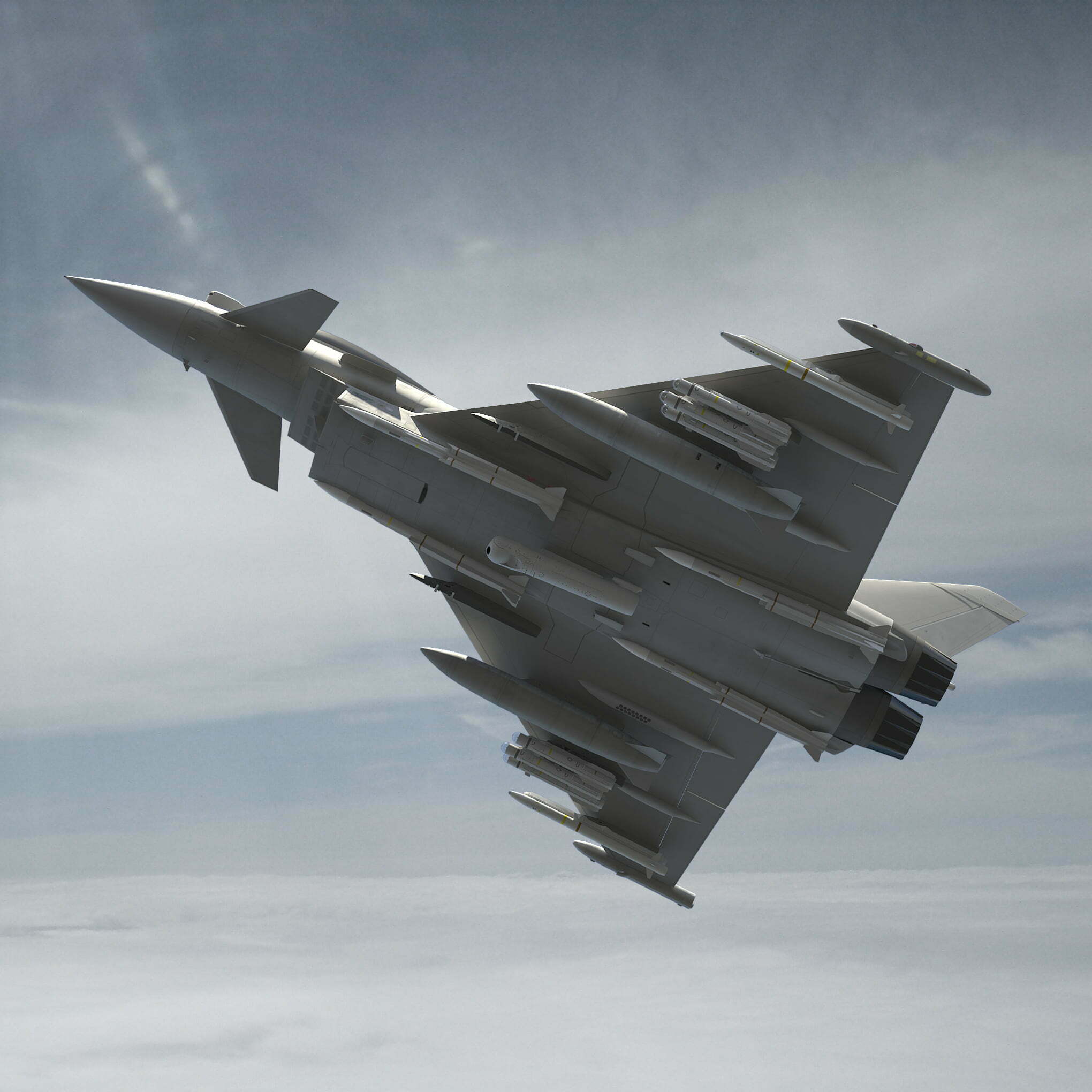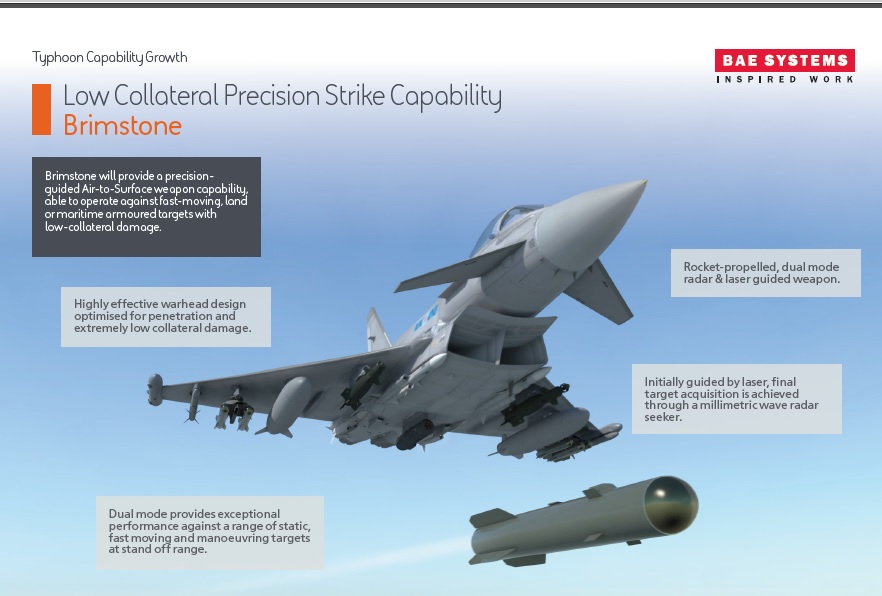2017-07-09 By Danny Lam
North Korea’s ICBM test conducted on the eve of G20 Hamburg Summit, like the test conducted just before the NATO and G7 meetings, had both technical and political goals.
Technically, it conclusively demonstrated a liquid fueled Hwasong-14 (2 stage) missile with a range equivalent to 6,700km with an unknown payload.
Politically, it sharpened the fractures between the US and NATO allies.
The Hwasong-14 was estimated to have a range of 9,000km. Northwest United States including Seattle, Washington, and Canada as far as Calgary is within range.
Other estimates by South Korean intelligence and Admiral Gortney estimated the range of a similar KN-14 at 12,000km, or able to target any point in North America including 24 Sussex Drive in Ottawa.
Thus, to loft the Hwasong-14 to an altitude of 2,700 km indicate either a deliberate reduction in range, or a heavy payload, or both.
This speaks to the political as well as technical goals behind the test.
Technically, the successful launch demonstrated the viability and technical soundness of the missile. Insofar as the lofted trajectory, it served multiple purposes.
Most likely, testing included the re-entry vehicle.
 epa05531125 (FILE) An undated picture provided by the official Korean Central News Agency (KCNA) on 09 March 2016 shows North Korean leader Kim Jong-un (C), talking with scientists and technicians involved in research of nuclear weapons, at an undisclosed location, North Korea. A magnitude-5.3 earthquake was detected in northeastern North Korea on 09 September, the South Korean military said, raising speculation that the North conducted a nuclear test on the occasion of its founding anniversary. Kcna / Handout/European Pressphoto Agency
epa05531125 (FILE) An undated picture provided by the official Korean Central News Agency (KCNA) on 09 March 2016 shows North Korean leader Kim Jong-un (C), talking with scientists and technicians involved in research of nuclear weapons, at an undisclosed location, North Korea. A magnitude-5.3 earthquake was detected in northeastern North Korea on 09 September, the South Korean military said, raising speculation that the North conducted a nuclear test on the occasion of its founding anniversary. Kcna / Handout/European Pressphoto Agency
While it is suggested by western analysts that avoiding overflight of neighboring countries was intended, it may be a byproduct of the latter. Landing the missile in the eastern Sea of Japan where depths of 4,000 meters and challenging undersea terrain are not uncommon make it more difficult for the missile to be recovered.
It is not conclusively known if the engines used are new models developed by DPRK.
What is known is DPRK have progressed quickly while disregarding engineering protocol for extensive testing and evaluation.
Let’s turn to another aspect of the DPRK WMD program. The last nuclear weapon test was September 9, 2016, and apparently, preparations for a sixth test was halted sometime after April, 2017.
The geomechanics of the Mount Mantap test site suggest it is engineered for a blast up to 282 kilotons — well into the low end of the thermonuclear device range and the high end of boosted fission devices.
Apparently this test was halted – possibly due to pressure from Beijing China or for other strategic considerations.
The PRC was able to detonate their first thermonuclear device in 1967 less than 32 months after their fission device.
Thus, it is by no means implausible for DPRK to successfully test a thermonuclear device a decade after their first fission test.
Rather than a laboratory device, DPRK’s first test is likely a weaponized design scaled down only to reduce yield to the limits of the facility.
This is consistent with their past behavior where they routinely attempted to leapfrog or skip steps.
Returning to missiles, during the April 18, DPRK parade, several missile were shown with canisters sized for large ICBMs that is suspected to be for a thermonuclear device that is bigger and heavier than a fission warhead, or for multiple warheads, or both. The trucks carrying them were sourced from Beijing-China in 2011, indicative of a long term program that predates Kim Jong Un.
Put this in the context of recent missile tests, or should we say exercises, of volley firing of SRBMs and ASCMs, and it is clear that this is a multi-billion dollar program over the past decade aimed at a usable military capability.
Whereas the DPRK propaganda unambiguously termed the missile an ICBM capable of striking CONUS, and likewise, claim they have a thermonuclear weapon capability, western analyst like David Wright at UCS by and large downplayed DPRK capabilities in general, and this test in particular by citing its apparent range of 6,700km — just enough to reach Alaska.
Western analysts underplaying threats serve DPRK’s interests and the Kim regime exploit this by encouraging underestimates and then disproving them.
One has to question what DPRK is trying to achieve by deliberately underplaying the range of the Hwasong-14 test. And at the same time, the motives of the “experts” that is downplaying the new proven danger.
Or, another way of looking at the problem is, what more can the components and subsystems tested do?
Before delving in this issue, let’s return to DPRK’s political strategy.
A provocation timed just before a major international event appear to be the modus operandi since President Trump assumed office. That happened during the Trump-Abe meeting, just before NATO/G7, and now, G20.
DPRK clearly is motivated by the desire to be put on the agenda of the US and other great powers. Conventional wisdom would suggest drawing attention would lead to opposition to NORKs coalescing and uniting against DPRK.
But is this the case?
What does Kim Jong Un gain from this?
 “Obviously, he’s a pretty smart cookie,” President Trump observed about the North Korean leader.
“Obviously, he’s a pretty smart cookie,” President Trump observed about the North Korean leader.
Is his goal to disrupt their agenda?
Spread dissention?
To expose divisions between the US and allies?
Or could he be aiming to be put on the agenda only to result in action that he know will be largely ineffective like additional UN sanctions?
This is more and more appearing to be the Kim regime’s goal — to push the US and allies into pointless dialog that rewards DPRK for their behavior to date and symbolic action that delays action on military options against him for a time.
The question is, what is his timeline?
Returning to technical considerations, DPRK need to buy time in order to reach the point when both his thermonuclear weapons and ICBM arsenal are sufficiently reliable and available in quantity as a credible threat to USA.
The present moment when DPRK cannot credibly threaten CONUS is his regime’s most vulnerable window.
Today, DPRK’s primary defense is deterrence of South Korea, and by threatening mass casualties in ROK and Japan, threaten the US — extended deterrence in reverse.
How long before North Korea’s thermonuclear weapons and ICBM are credible against the US?
Their behavior suggest a timeline of as early as 2019 and no later than 2020.
How might DPRK achieve strategic surprise at that point?
Technically, there are at least two pathways to substantially improving the throw weight or range of the Hwasong-14 missile that was just tested. One method is to build a larger version with three, rather than two engines.
Another option is to attach onto it “strap on” boosters. The latter is a well tried path to easily, quickly, and inexpensively improve the performance of many rockets by leveraging off a proven missile frame, control systems, etc. DPRK now have the solid fueled rockets that can readily be turned into boosters.
Doing so would improve the payload and range more than enough to deliver multiple thermonuclear warheads anywhere in the USA.
The latter pathway of strap on solid fuel boosters to an existing Hwasong-14 rocket will require minimal testing once the basic Hwasong-14 is proven.
Combine that with a deployable thermonuclear warhead available in quantity would be a fait accompli that can deter the US until such a time as when missile shields achieve a high level of surety.
That is why DPRK have a political strategy to buy time before they are ready in 2 years.
Politically, DPRK is strategically sowing dissention between US and allies, driving a wedge between Beijing-China and DPRK’s Chinese allies in Northeast China, and helping Russia with leverage against the US.
The absence of a consensus about the DPRK threat recognize by Russia or Beijing-China ensure that little is done.
Regardless of what they say, there is certainly no rush to field anti-missile systems by Russia or PRC against DPRK.
Counterintuitively, with the known disagreements between the US and allies, it is to North Korea’s advantage to force DPRK to the top of the agenda where the only thing the US and allies can agree on is more talk and ineffective action.
US allies, rather than unite in the face of the DPRK threat, have fractured. Notably, DPRK’s actions have revealed US’s NATO allies as ineffective or ignorant of the threat DPRK pose to them directly or otherwise via Iran.
European NATO and Canada showed little concern about DPRK except as a WMD proliferation problem that ranks similar to or far below Russia as a threat. Certainly not a threat that NATO xUSA need to militarily prepare against.
Exposing and exploiting the divisions between the US and allies and frustrating collective military action was DPRK’s political strategy to isolate the US.
The only reason North Korea became an item on the G7 agenda was because of Japan’s insistence and even then, it took a backseat to concerns like ISIS or climate change.
Canada, directly exposed to DPRK’s ICBM borne missile threat, ignored the missile test before NATO/G7 altogether without even bothering to issue a statement.
European NATO allies apparently gave no thought to Canada invoking Article 5 over North Korea. Without an allied consensus, NORKs win politically.
Suppose North Korea threatened or attacked Canada, would NATO respond?
That ethnic Ukrainian-Canadian political activist Chrystia Freeland (her words) seconded by the Trudeau regime to be Canada’s Foreign Minister and that Liberal regime loyalist Defense Minister crafted a foreign and defense policy in June 2017 that did not view North Korea and the PRC enablers as an existential threat to Canada; or, provide for any future defense against NORK thermonuclear missiles for Canada.
Under such circumstances, Canada’s invocation of Article 5 will likely be met with European NATO allies rejecting Canada’s request under Article 3 or doing the minimum obligation of “consultations”.
North Korea’s political strategy exposed European NATO and Canada’s bankruptcy.
Many US allies, including Canada, most of NATO except the US, have been exposed as paper tigers who would not militarily respond to DPRK’s provocations.
DPRK’s political strategy of provocations, rather than unite international opposition, fractured them – leaving the US virtually alone with Japan and South Korea to face North Korea.
Absent the actual initiation of hostilities by DPRK, it is virtually impossible for the US to craft a timely consensus among allies – let alone G20 – against DPRK given the success of their political strategy.
Discussions between US and allies that are directly affected like ROK and Japan have centered around whether or not to negotiate with DPRK, and the inadvisability of conventional military options.
What is not actively discussed are the key issues like what motivates the NORKs and what are their longer term plans?
What are the consequences of “doing nothing” as Obama did?
There is little discussion of the motives of the DPRK / Kim Jong Un regime beyond assuming that they seek nuclear arsenals for the sake of regime survival and to deter the United States and allies.
Yet, time and time again, this view of North Korean motives is contradicted by their behavior that reveal their ambitions go far beyond regime survival and deterrence: DPRK is acquiring a nuclear arsenal for the purpose of a race based nationalist policy where war for profit, or, extortion and then imperial conquest on the historical and present Northeast Asian model is the longer term goal.
Time and time again, they have agreed to halt their WMD programs in exchange for cash and other bribes, only to restart the program once the bribe is delivered.
Would it be any different this time?
Advocates of appeasement of North Korea have glossed over these facts and are assuming that DPRK will abide by the next agreement if only the Trump Administration will negotiate with DPRK in good faith.
What about DPRK’s longer term plans if the US met their demands such as concluding a peace treaty, guaranteeing the regime’s survival, withdrew from the Korean peninsula, cancelled the ROK-US Mutual Defense Treaty?
Or, as a first step, the US accepted the DPRK and now PRC and Russian proposal of a “freeze” on DPRK nuclear and ICBM testing while the US and ROK suspended military exercises?
And then opened a direct dialog with the Kim regime?
Would DPRK become a normal nuclear weapons state like Pakistan?
Or ever verifiably denuclearize?
The track record of DPRK show that no “freeze” is enforceable, and it will do nothing to prevent them from continuing development and testing via simulations or low level tests, or to seek the help of experienced experts in improving and perfecting their designs under a testing freeze.
A de facto suspension on testing after one major round of tests did not stop Pakistan or India from substantially expanding and improving their arsenals in the decades since.
Israel, officially, never tested their nuclear arsenal thought few doubt that their nuclear weapons will work. DPRK will undouble benefit from technical aid from Pakistan, Iran, elements of PRC and others in the absence of observable testing.
Without a doubt, North Korean testing “post freeze” will be done by states like Pakistan and Iran (missiles), and nuclear testing potentially by Iran once they “break out” of the Obama nuclear deal. Or by Pakistan as US relations with India improve.
During the “freeze”, DPRK will push for weakening of sanctions and pour resources into building up their proven arsenal — and be ready for the time when they renounce the freeze: Most likely by executing plans for a thermonuclear surprise attack on the USA.
On the other hand, if joint military exercises between the US and ROK are suspended, the skills and training will rapidly wither and ultimately leave ROK far less able to work closely with the US and the viability of a conventional option that include ROK occupation of North Korea.
Defense of ROK by systems like THAAD and their deterrence would be lost.
When DPRK renounces the freeze (if not done by surprise attack), it will require years to restore US-ROK forces to the same level of readiness or have up-to-date capabilities in place.
In other words, the “suspend for suspend” put forward by the DPRK’s allies the PRC and Russia will result in the DPRK having a window of détente necessary for them to fully build out their thermonuclear and ICBM arsenal, and then return to the game with a very much weakened ROK-US alliance: The ideal position for DPRK to pick up where they left off before the “suspend”.
America may discover the “deal is off” by a satellite borne thermonuclear explosion over CONUS.
Along the present path, if the Trump Administration elect to take no effective action before North Korea perfects the ability to strike CONUS with thermonuclear ICBMs sometime after 2019, the opportunity to do so may not come again for another generation unless a US Administration is prepared to risk tens of millions of US casualties.
Unpalatable as they are, military options have to be readied irrespective of the view of fair weather allies and great power peer competitors bent on sabotaging it.
American leadership is now needed more than ever given the existential threat by DPRK to the liberal international order.
Editor’s Note: If you wish to comment on this article, please go to the following:
North Korea Continues to Put on the Pressure



 RAAF A330 MRTT (KC-30A) refueling an F-16 through ARBS. Credit Photo: Airbus Military
RAAF A330 MRTT (KC-30A) refueling an F-16 through ARBS. Credit Photo: Airbus Military
 epa05531125 (FILE) An undated picture provided by the official Korean Central News Agency (KCNA) on 09 March 2016 shows North Korean leader Kim Jong-un (C), talking with scientists and technicians involved in research of nuclear weapons, at an undisclosed location, North Korea. A magnitude-5.3 earthquake was detected in northeastern North Korea on 09 September, the South Korean military said, raising speculation that the North conducted a nuclear test on the occasion of its founding anniversary. Kcna / Handout/European Pressphoto Agency
epa05531125 (FILE) An undated picture provided by the official Korean Central News Agency (KCNA) on 09 March 2016 shows North Korean leader Kim Jong-un (C), talking with scientists and technicians involved in research of nuclear weapons, at an undisclosed location, North Korea. A magnitude-5.3 earthquake was detected in northeastern North Korea on 09 September, the South Korean military said, raising speculation that the North conducted a nuclear test on the occasion of its founding anniversary. Kcna / Handout/European Pressphoto Agency “Obviously, he’s a pretty smart cookie,” President Trump observed about the North Korean leader.
“Obviously, he’s a pretty smart cookie,” President Trump observed about the North Korean leader.
